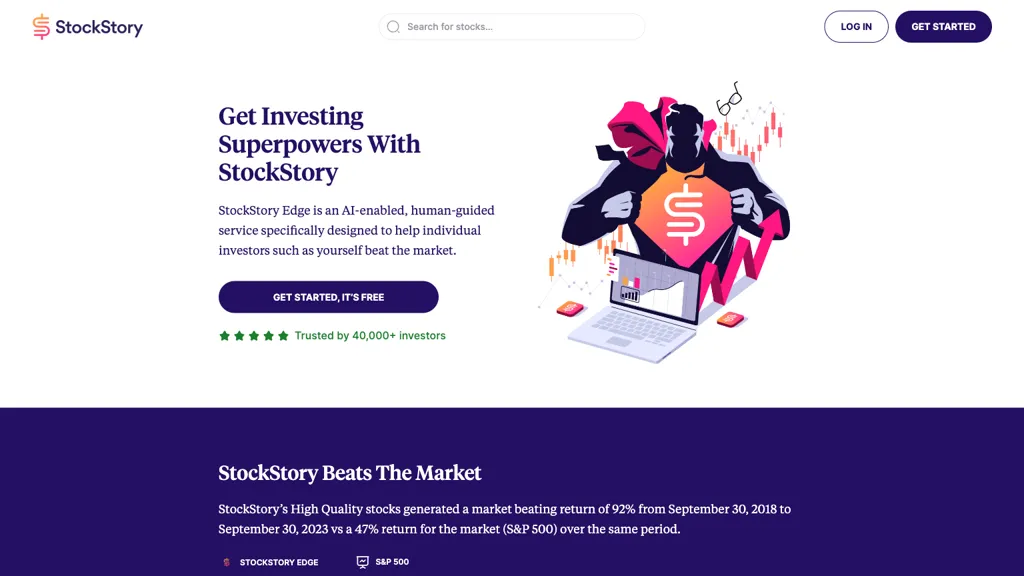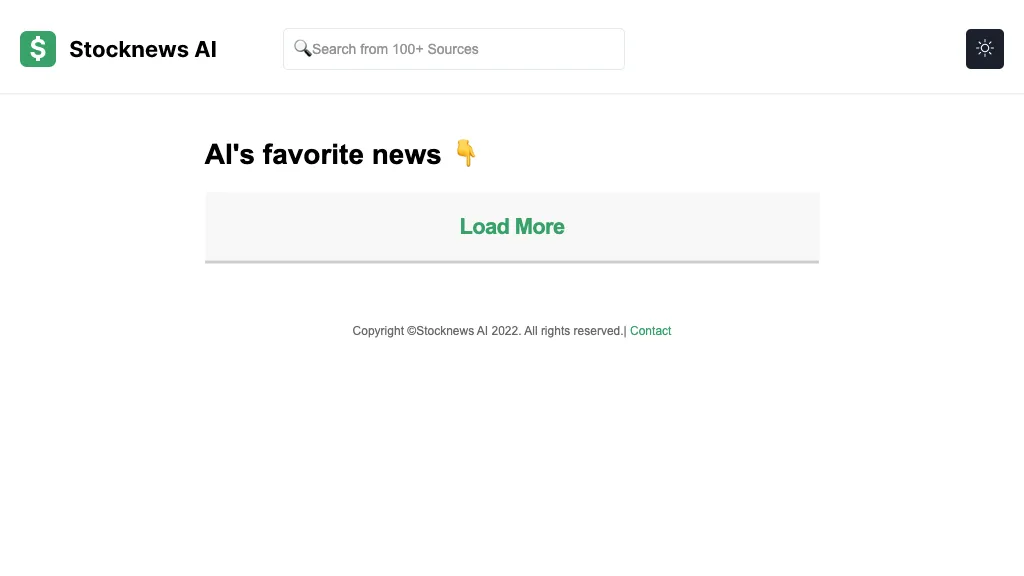The User Interface (UI) as well as the User Experience (UX) within AI trading platforms that analyze or predict prices of stocks play a vital function in ensuring efficiency as well as satisfaction. A poorly-designed interface can inhibit the process of making decisions, even when AI models underlying it are robust. Here are the top 10 tips to evaluate the user interface/UX of these platforms:
1. Assess the ease of use as well as the intuitiveness, simplicity and ease of use.
Navigation: Make it simple to navigate the platform including menus, workflows, and buttons.
Learning curve: Determine how fast an individual can master a system and learn to use it without lengthy instruction.
Make sure that there is uniformity in design patterns across different platforms (e.g. buttons, colour schemes, etc.).).
2. Check for Customizability
Dashboard customization - Verify that dashboards are customizable by users with relevant charts, metrics and data.
Layout flexibility: Make sure the platform you use allows you to change the layout of widgets, charts and tables.
Themes: Determine the dark or light mode, or other preferences.
3. Visualize Data
Chart quality: Ensure the platform is high-quality and offers interactive charts (e.g., line charts, candlestick charts) with zoom and pan functions.
Visual clarity: Verify that the information is clearly displayed, with proper labels and legends, tooltips and more.
Real-time Updates: Make sure to check whether your charts reflect the most current market information.
4. Test for Speed and Reactivity
Even when working with large datasets and complex calculations, the system should be able to load fast.
Real-time performance: Find out whether your system can handle data feeds that are updated in real time without lags or delays.
Cross-device compatible: Verify that the platform works seamlessly on all devices, including desktop, mobile and tablet.
5. Assess Accessibility
Mobile app: Find out if there is a full-featured mobile app for trading while on the move.
Keyboard Shortcuts: Check that your platform allows keyboard shortcuts.
Accessibility features: Check if the platform complies with accessibility guidelines (e.g. screen reader support, high-contrast modes).
6. Assess Search and Filter Functionality
Search effectiveness: The platform should let users quickly search stocks, indices and other assets.
Advanced filters - Check to see whether you can apply filters, such as by sector, market cap or performance metrics to limit the results.
Searches saved to save: Find out whether you are able to save filters and searches which are often used.
7. Check for Alerts and Notifications
Customizable alerts. Users are able to create alerts for certain conditions (e.g. price thresholds or surges in the volume).
Notification delivery: Ensure that alerts are sent via multiple methods, e.g. SMS, in-app notifications, or email.
Timing: Check if alarms are activated quickly and accurately.
8. Integrate with other tools
Broker integration: Make sure your broker account is seamlessly integrated with your broker account to assist in the execution of trades.
API access Find out whether APIs are available to advanced users that want to create customized workflows or other tools.
Third-party Integrations: Verify that the platform is compatible with the other software (e.g. Excel, Google Sheets and trading bots).
9. Review the Help and Support Features
Tutorials for onboarding Check if new users can access tutorials.
Help center. Make sure your platform is equipped with a comprehensive help center.
Customer support: See whether there is a quick customer support (e.g. live chat, email or phone).
10. Test for Overall User Satisfaction
User feedback: Utilize reviews and feedback from users to determine their overall satisfaction with the platform's UI/UX.
Trial period - Try out the platform for free trial to see how it works.
Error handling: Examine how the platform handles errors or edge cases (e.g. insufficient inputs, downtime of servers).
Bonus Tips
Aesthetics. While function may be the most important element, an attractive design can enhance overall user experience.
Performance under stress - Test the platform's stability and responsiveness in conditions of high volatility in the market.
Forums and communities: Find out whether the platform has an active user community or forum for users to give feedback and tips.
If you follow these guidelines to evaluate the UI/UX of AI trading platforms for stock prediction or analysis, ensuring they are user-friendly, efficient, and aligned with your needs in trading. A good UI/UX will greatly increase your capacity to make well-informed decisions and efficiently execute trades. Have a look at the top rated click for source on ai for stock trading for website recommendations including investment ai, ai for stock trading, ai for trading, chart ai trading assistant, ai investment app, ai for stock trading, ai for trading, options ai, ai stock trading bot free, ai investment app and more.

Top 10 Ways To Evaluate The Transparency Of Ai Stock Trading Platforms
Transparency is an important factor to look at when evaluating AI trading and stock prediction platforms. It allows users to be confident in the operation of the platform and comprehend how decisions are made, and validate the accuracy of predictions. These are the top 10 tips to assess the credibility of these platforms:
1. AI Models are explained in detail
Tip: Check if the platform offers an explanation of the AI algorithms and models used to predict.
What's the reason? Understanding the fundamental technology can help users evaluate its validity and weaknesses.
2. Disclosure of Data Sources
Tips: Find out if the platform makes public the data sources it uses (e.g. historic stock data or social media).
The reason: Understanding the sources of data will ensure that the platform has reliable and accurate information.
3. Performance Metrics & Backtesting Results
TIP: Always seek out transparent reports on performance metrics, such as accuracy rates and ROI, in addition to testing results back to back.
The reason: It lets users verify historical performance and the effectiveness of their system.
4. Updates, notifications and real-time updates
Tips: Make sure you are receiving real-time alerts and updates on the system's trades, predictions or any modifications to the system.
Why is this? Real-time transparency enables users to be updated on the critical actions.
5. Limitations - Open communication
TIP: Find out if the platform is openly discussing the limitations and risks of its predictions and trading strategies.
The reason: Recognizing limitations increases trust and allows users to make educated decisions.
6. Raw Data Access for Users
Tip: Find out if you can access the raw data or intermediate results that AI models use.
Why? Raw data access allows users to conduct their own analysis and validate predictions.
7. Transparency and honesty in the cost of fees and expenses
TIP: Ensure that the website clearly lists the costs for subscriptions, fees as well as any hidden charges.
Transparent pricing helps build trust and prevents surprises.
8. Reporting Regularly and Audits
Verify if a platform has regular reports and undergoes third party audits in order to check the efficiency of its operations.
Independent verification is essential because it enhances the credibility of the process and ensures accountability.
9. The ability to explain predictions
Tip: Check if the platform offers information about how predictions or recommendations (e.g. feature importance or decision tree) are made.
Explainability can help users understand the reasoning behind AI-driven choices.
10. Customer Feedback and User Support Channels
Tips. Find out if there are channels available for user feedback, support, and transparency in responding to user concerns.
Why? Responsive communication shows an interest in the transparency of users and their satisfaction.
Bonus Tip - Regulatory Compliance
Assure that the platform is compatible with all relevant financial regulations. It will increase the transparency and credibility.
Through analyzing these capabilities, you will be able to decide if the AI trading platform and stock prediction is transparent. It will then be able to make informed decisions and gain confidence in the capabilities of AI. See the top rated stocks ai info for website info including chart analysis ai, best ai penny stocks, ai software stocks, stocks ai, free ai stock picker, chart analysis ai, ai investment tools, how to use ai for copyright trading, chart analysis ai, ai tools for trading and more.
